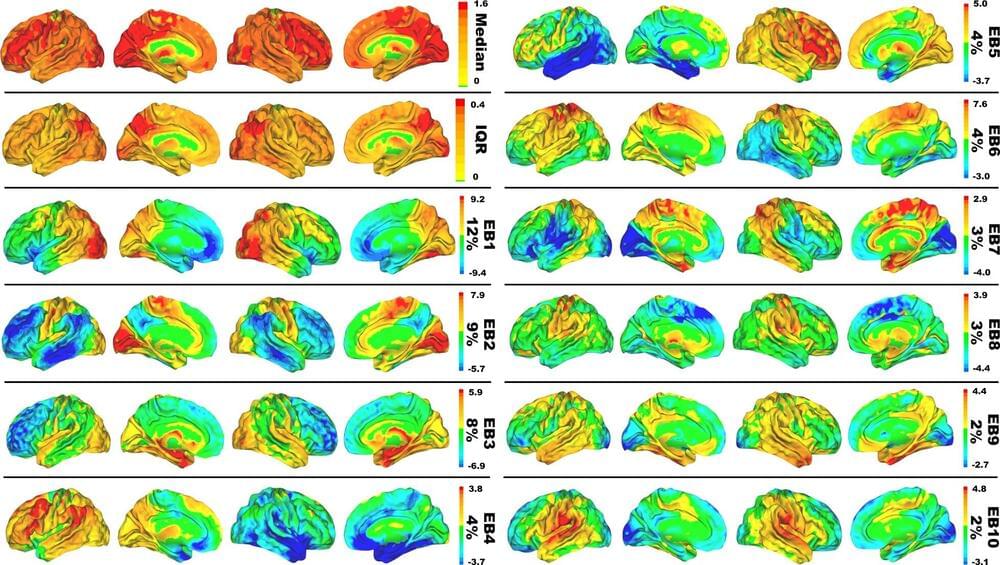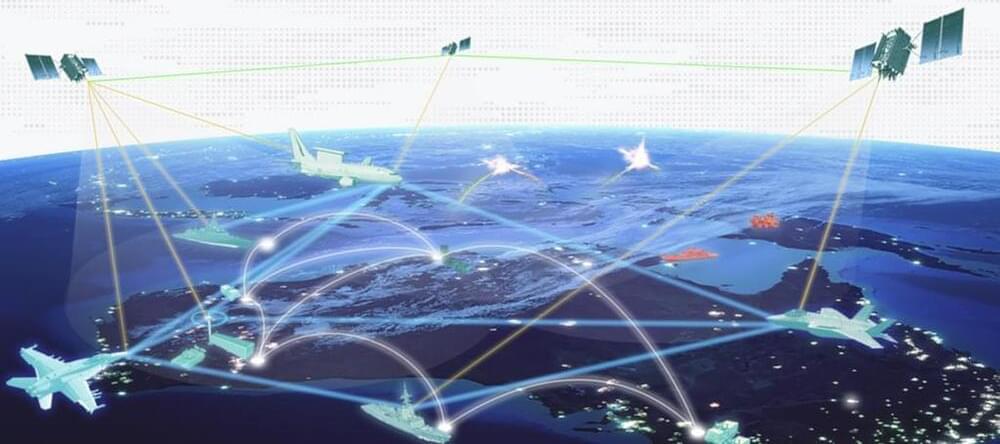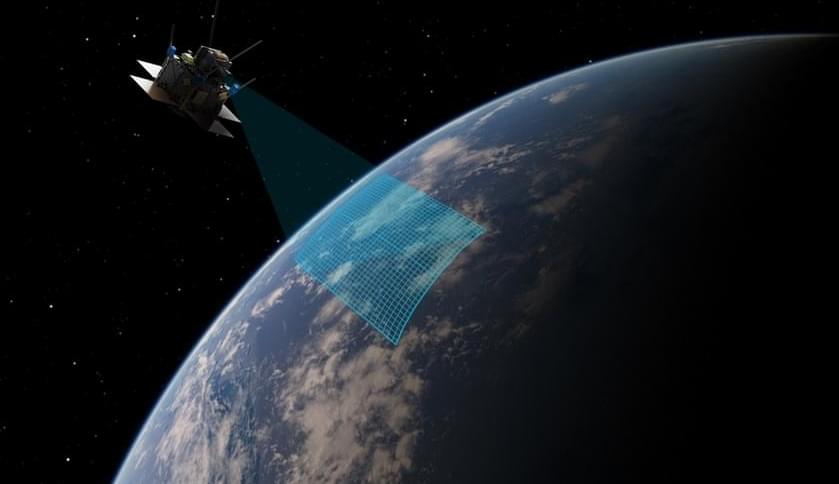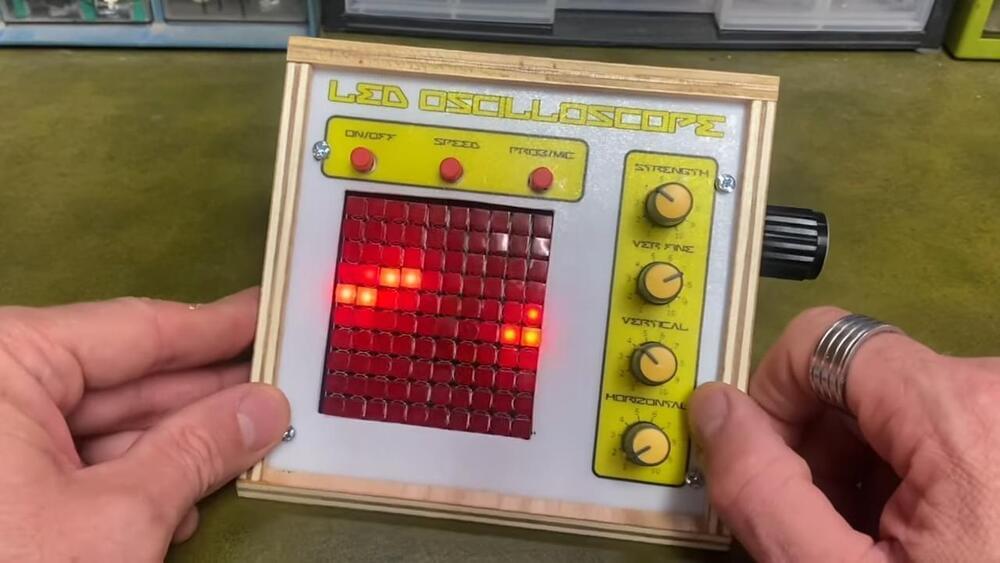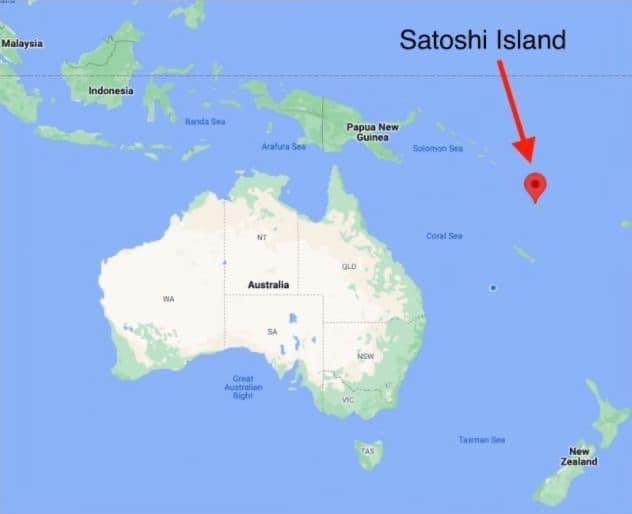Apple Inc. and Meta Platforms Inc., the parent company of Facebook, provided customer data to hackers who masqueraded as law enforcement officials, according to three people with knowledge of the matter.
Mayo Clinic researchers have proposed a new model for mapping the symptoms of Alzheimer’s disease to brain anatomy. This model was developed by applying machine learning to patient brain imaging data. It uses the entire function of the brain rather than specific brain regions or networks to explain the relationship between brain anatomy and mental processing. The findings are reported in Nature Communications.
“This new model can advance our understanding of how the brain works and breaks down during aging and Alzheimer’s disease, providing new ways to monitor, prevent and treat disorders of the mind,” says David T. Jones, M.D., a Mayo Clinic neurologist and lead author of the study.
Alzheimer’s disease typically has been described as a protein-processing problem. The toxic proteins amyloid and tau deposit in areas of the brain, causing neuron failure that results in clinical symptoms such as memory loss, difficulty communicating and confusion.
Despite the remarkable efficacy of CAR-T cell therapies to treat certain blood cancers, they are expensive thanks partly to complex and lengthy manufacturing procedures. | CAR-T therapies are expensive thanks partly to complex and lengthy manufacturing procedures. Now, scientists have found a potential way that could cut the CAR-T processing time from more than two weeks to a single day by using an implant.
Tuberculosis (TB) is a potentially serious infectious disease caused by a type of bacterium called Mycobacterium tuberculosis. The bacteria usually affect the lungs, but also can invade other organs.
In 2018, tuberculosis bacteria infected 1.7 billion people — roughly 23% of the world’s population, according to the Centers for Disease Control and Prevention (CDC). In 2020, the CDC reported 7,174 TB cases and 13 million people living with a latent tuberculosis infection (the germs are in the body but do not cause sickness) in the United States.
Even after successful therapy for tuberculosis, survivors of the disease have an increased risk of recurrent infection and death. A new study published recently by researchers at Baylor College of Medicine found that the cells of humans and animals who have recovered from tuberculosis had prematurely aged up to 12 to 14 years.
WASHINGTON — SpiderOak Mission Systems announced March 29 it won a contract from Lockheed Martin Space for its cybersecurity software.
The contract allows Lockheed Martin to use SpiderOak’s OrbitSecure software. “This is commercial technology that was developed for terrestrial applications and has been repurposed for the space business, specifically for low Earth orbit,” SpiderOak chairman Charles Beames told SpaceNews.
Beames said he could not disclose the value of the contract with Lockheed Martin. “The goal is to make OrbitSecure available to Lockheed Martin customers as part of an offering to provide an extra level of cybersecurity,” he said.
TAMPA, Fla. — Indian startup Pixxel said March 28 it has raised $25 million for a hyperspectral imaging constellation that plans to deploy its first satellite this week.
Canadian early-stage investor Radical Ventures led the Series A round, bringing Pixxel’s total funding to $33 million to date.
Awais Ahmed, Pixxel’s CEO and co-founder, said proceeds will support plans to launch two satellites this year and six in early 2023 for the constellation.
Here’s the true pros and cons of VPNs.
Don’t believe all the exaggerated claims that VPNs make about protecting your privacy and security, experts say.
Oscilloscopes were once commonly called CROs, for the fact that they relied on cathode ray tubes for display. Since then, technology has moved quickly, and oscilloscopes these days almost entirely rely on modern screens like LCDs. However, [lonesoulsurfer] went a different route with this fun DIY build, creating an oscilloscope with a low-resolution LED display.
Yes, the signals are shown on a 10×10 matrix made up of red LEDs. The individual pixels look nicely diffused and chunky thanks to the fact that [lonesoulsurfer] was able to source square 5mm LEDs for the build. The whole project only uses four ICs – a decade counter and a LM3914 LED driver to run the display, a 555 timer for clock input, and an LM386 op-amp for amplifying incoming signals.
With a mic fitted onboard, the oscilloscope can act as a simple music visualizer, or be used with a probe to investigate actual circuits. It may not be of great enough resolution or precision for fine work, but it’ll at least tell you if your microcontroller’s clock is running properly if you’re scratching your head about the function of a simple project.
Only surprised there are games left for AI to beat people at.
Victory marks milestone for AI as bridge requires more human skills than other strategy games.
Parcels on Satoshi Island will be sold as NFTs.
Over 50,000 people have applied to live there so far.
1. No capital gains tax.
2. No withholding tax.
3. No death tax.

